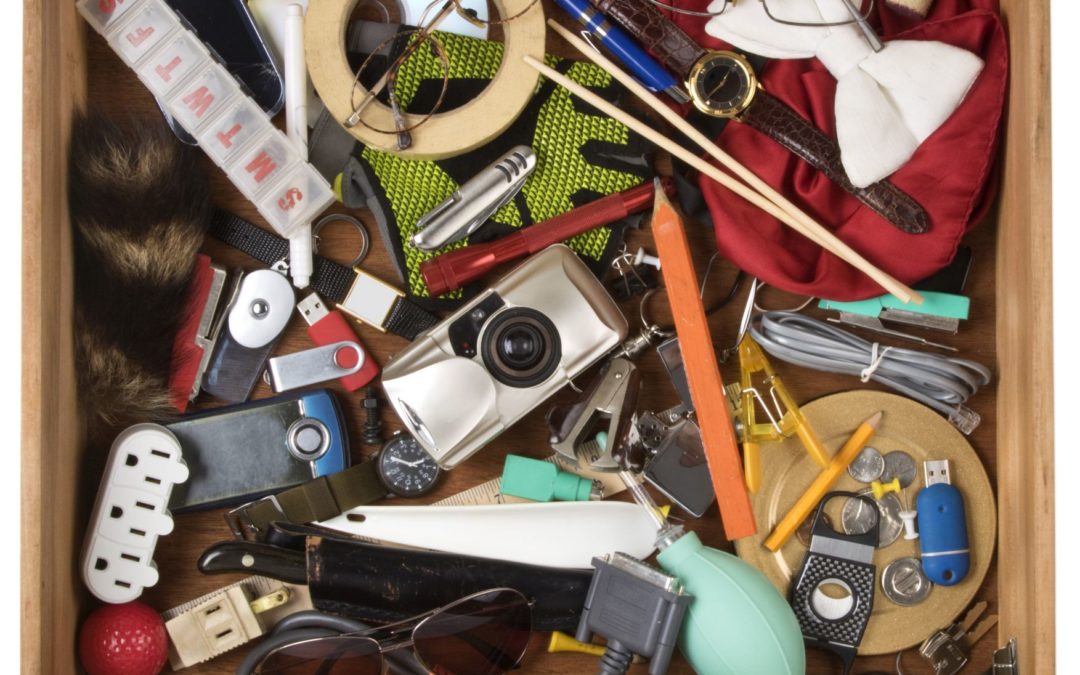Remember MacGyver? He could take items from a junk drawer and somehow form a device to save the world. Just like real life, right?
Not so much. Those of us in the real world need the right tools to solve complex problems. We wouldn’t use a stapler to repair a circuit board or masking tape to patch a tire.
Solving the food waste and food safety challenge is similar. The old tools and methods of paper-based tracking and visual inspection that have been used for years have had limited, if any, impact on solving these problems. Food waste continues to be a massive issue. We waste 400 pounds of food per person annually. Food recalls, such as last year’s incident with romaine lettuce, continue to plague us.
Fortunately, we have new technologies to apply to these problems. You’ve no doubt heard of a couple of them: Blockchain and IoT (Internet of Things) devices.
When properly applied, blockchain and IoT can transform how growers, manufacturers and retailers manage the fresh food supply chain, address recalls and ensure food freshness. These tools turn what has been a reactive supply chain into a proactive one. What I mean by that is today, dealing with shrink or food recalls is handled with after the fact. You receive a pallet of berries and the next day they spoil, you toss them out (along with your profits) and try to figure out what went wrong. People get sick from eating contaminated lettuce and you go through files and paperwork to try to figure out where the lettuce came from and how to pull it out of the supply chain. It all happens after the fact.
But, IoT and blockchain technologies properly applied enable us to get in front of problems before they occur and proactively manage the fresh food supply chain. IoT sensors can monitor a product’s condition and provide real-time alerts about its temperature, for example. If the temperature is out of spec, alerts are generated to take corrective action quickly, before the problem gets out of hand. This has benefits for ensuring delivered freshness, as properly managing the temperature at the pallet level preserves shelf-life. There are benefits for food safety too, as avoiding temperature excursions or addressing them in real-time dramatically decreases the likelihood of pathogen growth. Blockchain provides a mechanism to securely track this information and make it available to everyone in the supply chain.
By implementing a solution that combines IoT and blockchain technologies, growers, processors and retailers can more efficiently track perishable food handling and quality, and make educated, proactive decisions about what food should (and shouldn’t) make it into consumers’ hands due to lack of freshness or a potential food safety issue. We call this “True Transparency.” It’s the key to becoming a trusted partner in today’s dynamic fresh food industry and meeting increasingly high consumer demands. The right application of IoT and blockchain can transform the supply chain, enabling manufacturers and retailers to have a shot at succeeding at both.
On Thursday, March 8, Food Logistics is hosting a webinar, Blockchain, IoT and Improving the Food Supply Chain. Zest Labs CEO Peter Mehring and Food Logistics Editorial Director Lara Sowinski will discuss how new technologies like blockchain, IoT and Machine Learning can help growers, manufacturers and grocers to proactively manage the fresh food supply chain. They’ll help you separate fact from fiction and determine how these new technologies can have a positive impact on ensuring food safety and quality and improve your business logistics and profitability. You can register here and leave the duct tape, corkscrews, hairpins and Swiss Army knife in the “special drawer” at home.


